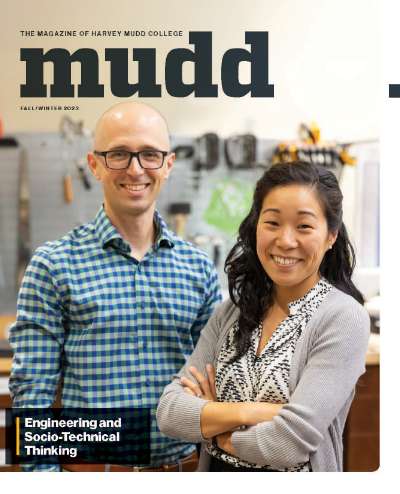HMC Engineering Clinic Program Lauded by National Academy of Engineering
November 15, 2012Harvey Mudd College’s Engineering Clinic program is featured as one of 29 exemplary engineering programs in a report released Nov. 13 by the National Academy of Engineering.
HMC’s Engineering Clinic appears on page seven of “Infusing Real World Experiences into Engineering Education,” which showcases programs that effectively incorporate real-world experience into their curriculum and highlight best practices for other schools to emulate.
“These programs are strategically preparing students to become the engineers who will tackle the technical and social complexities that lie ahead in the 21st century,” said Dr. Charles M. Vest, president of the National Academy of Engineering.
The NAE’s Real World Engineering Education committee received 95 nominations for inclusion in the report from accredited four-year undergraduate schools with engineering or engineering technology programs. Submissions were reviewed by the committee and judged based on seven factors: program creativity, innovation, attention to diversity, sustainability plan, assessment of student learning, level of real-world experience and anticipated versus actual outcomes.
“With the 50th anniversary of the founding of Clinic coming in 2013, we are gratified that the NAE has seen fit to promote Clinic as an example of best practice for bringing industry and the academy together to educate students,” said Erik Spjut, professor of engineering and director of HMC’s Engineering Clinic. “Those students, faculty and industry sponsors who have participated in Clinic recognize its value. It’s nice to see others outside Harvey Mudd recognize it as well
The report outlines best practices such as incorporating multidisciplinary, team-based projects into curricula to help students develop decision-making, leadership, communication, problem-solving, organization and time management skills, along with cultural awareness. It also identifies impediments to infusing real-world experiences into engineering programs and suggests ideas for overcoming these barriers to program implementation.
View the Infusing Real World Experience into Engineering Education report (PDF).
